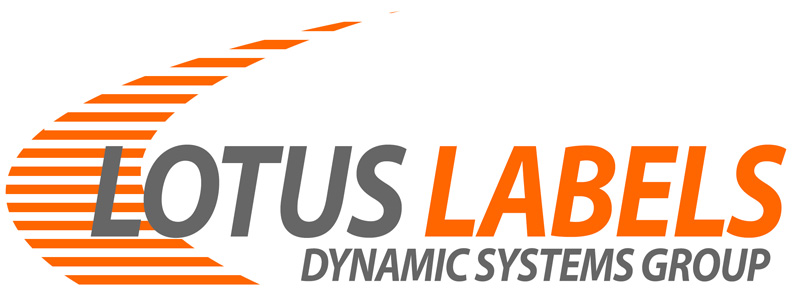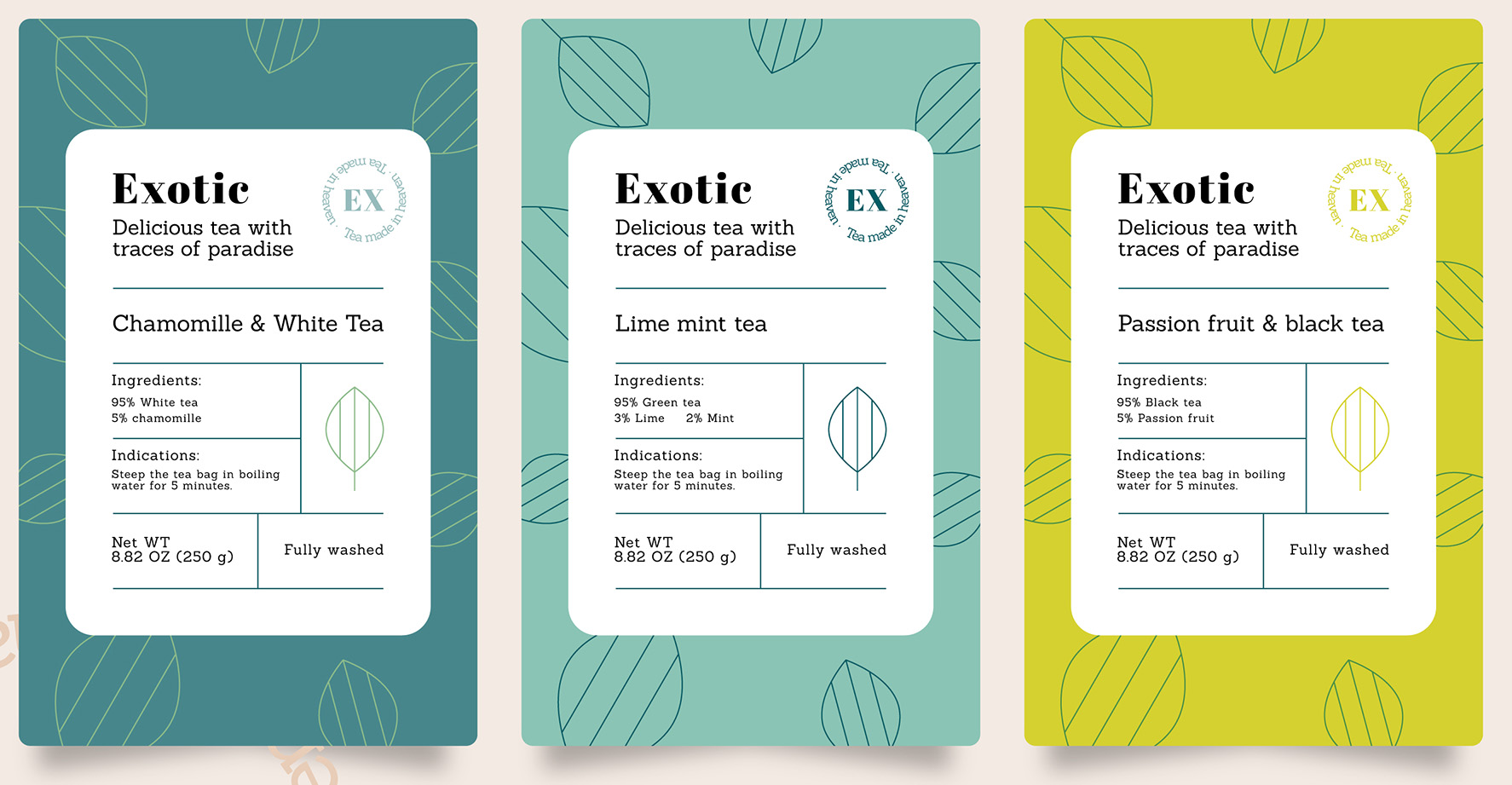In today’s competitive marketplace, product development and rebranding have become essential for businesses striving to stay relevant and meet evolving consumer demands. While numerous factors contribute to successful product development, one aspect often underestimated is product labelling. Effective product labelling not only provides valuable information to consumers but also plays a pivotal role in building brand identity, conveying quality, and meeting regulatory requirements. This article delves into the credible importance of product labelling in the development and rebranding process, highlighting its impact on consumer perception, brand positioning, and regulatory compliance.
Building Consumer Trust through comprehensive Labelling
Consumers are becoming increasingly conscious about the products they purchase, seeking transparency and detailed information. Product labelling acts as a communication tool, enabling businesses to build trust and establish credibility. When developing or rebranding a product, labelling should be a focal point to ensure that it aligns with consumer expectations.
To foster trust, labels should provide accurate and comprehensive information about ingredients, nutritional values, allergens, and potential health risks. Transparent labelling not only empowers consumers to make informed decisions but also demonstrates a company’s commitment to consumer safety and satisfaction. By showcasing the use of natural or organic ingredients, sustainable sourcing practices, or fair trade certifications, businesses can differentiate themselves from competitors and cater to the growing segment of environmentally and socially conscious consumers.
Capturing Attention with Creative Design
In the crowded marketplace, product labelling acts as the first point of contact between a consumer and a brand. An eye-catching and well-designed label can differentiate a product, attract attention, and increase sales. During the product development or rebranding process, careful attention must be given to label design and aesthetics.
Visual elements such as colours, typography, and graphics play a crucial role in creating a strong brand identity and evoking desired emotions in consumers. Whether it’s a minimalist design reflecting simplicity and sophistication or a vibrant and playful label representing a fun and youthful brand, the design should align with the target audience and brand positioning. An effective label design not only helps a product stand out on the shelf but also reinforces the overall brand image and fosters brand loyalty.
Ensuring Regulatory Compliance and Consumer Safety
Product labelling is not just about aesthetics and marketing; it also serves as a critical tool to ensure regulatory compliance and consumer safety. Regulatory bodies around the world have implemented guidelines and standards for product labelling to protect consumers from misleading claims and potential hazards.
When developing or rebranding a product, businesses must pay careful attention to the legal requirements of product labelling. These may include accurate ingredient listing, proper allergen declaration, country of origin labelling, and compliance with health and safety warnings. Non-compliance with labelling regulations can result in legal repercussions, damage to reputation, and loss of consumer trust. Therefore, working closely with legal experts and staying up-to-date with evolving regulations is crucial to avoid costly mistakes and maintain credibility.
Creating a Competitive Edge and Enhancing Product Value
Product labelling not only provides necessary information but also contributes to the perceived value of a product. Well-designed labels with clear and concise messaging can help create a premium perception, enabling businesses to command higher prices and differentiate themselves from competitors.
By leveraging innovative labelling techniques such as holographic elements, embossing, or unique materials, businesses can enhance the perceived quality and desirability of their products. In the rebranding process, a strategic redesign of product labels can revitalize a product’s image, reposition it in the market, and attract a new customer base.
Labelling for Sustainability and Environmental Responsibility
With the growing global concern for the environment, businesses are increasingly expected to demonstrate their commitment to sustainability and environmental responsibility. Product labelling can play a crucial role in showcasing sustainable practices and eco-friendly attributes.
Labels that highlight recyclable packaging, the use of renewable materials, or energy-efficient production processes can resonate with environmentally conscious consumers. By clearly communicating a brand’s sustainability initiatives, product labelling can become a catalyst for positive change, fostering brand loyalty and attracting consumers who prioritize eco-friendly products.
Product labelling is an essential element in the development and rebranding process, playing a credible role in consumer trust, brand positioning, regulatory compliance, and value perception. As businesses strive to meet evolving consumer demands and differentiate themselves in competitive markets, effective product labelling becomes increasingly vital.
By providing transparent information, capturing attention with creative design, ensuring regulatory compliance, enhancing product value, and showcasing sustainability efforts, businesses can leverage product labelling as a powerful marketing tool. Those who prioritize product labelling in their development and rebranding strategies will not only meet consumer expectations but also strengthen their brand identity, gain a competitive edge, and foster long-term success in the marketplace. If you would like to discuss your labelling at any point in your product development cycle we would be happy to help. Get in touch

